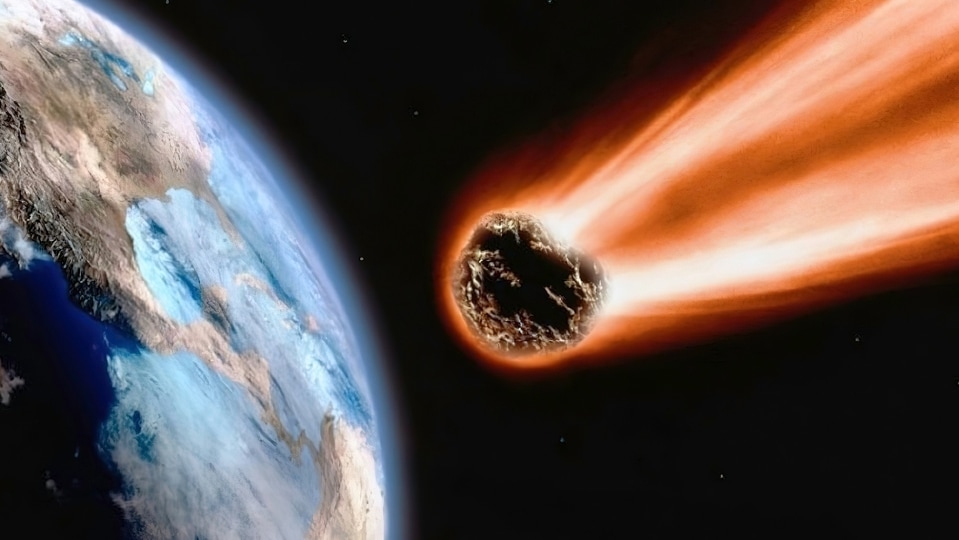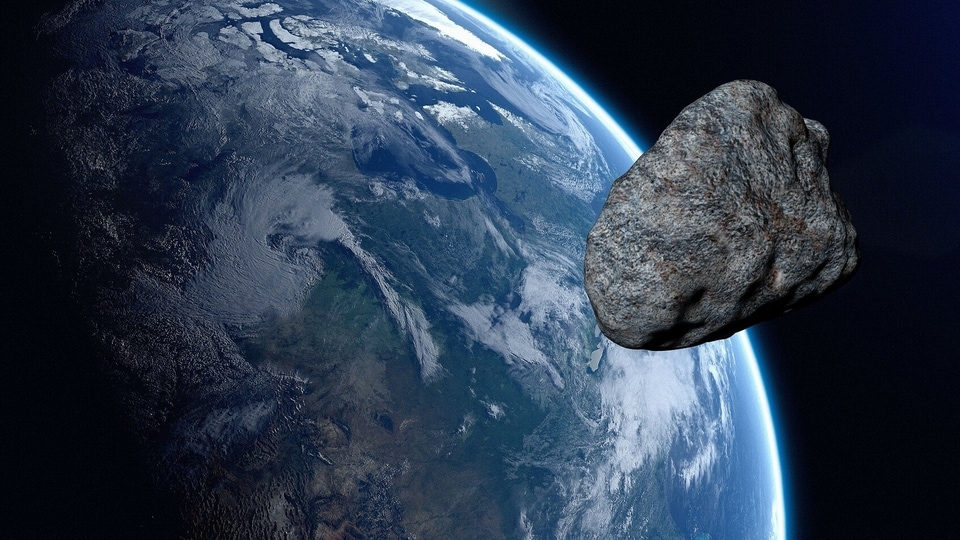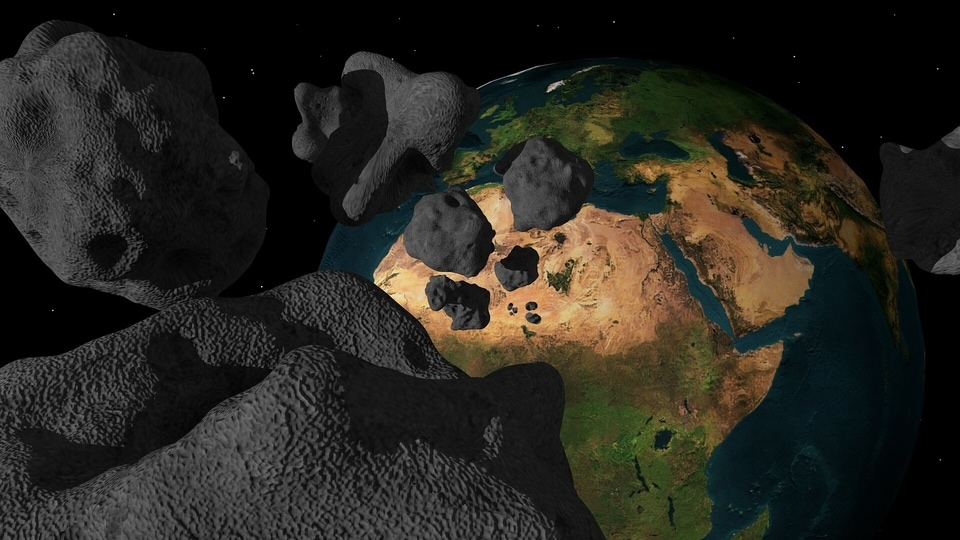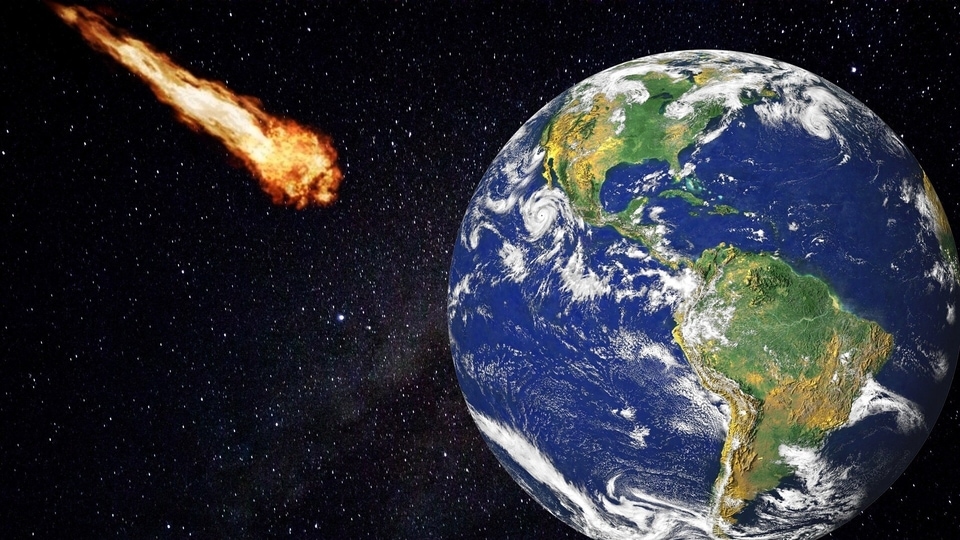This dangerous asteroid heading for Earth tomorrow; big as a bus, check time
This asteroid will miss Earth by just a few million miles tomorrow, August 6. Here’s more about this dangerous asteroid that is hurtling towards Earth.






 View all Images
View all ImagesThe asteroid, named Asteroid 2022 PE is expected to miss Earth by just a few millions miles, making it the third asteroid flyby in a week. In terms of space, million miles is not that much and any deviation from its path can make it head directly for Earth. And what is the time for the asteroid flyby? The asteroid is expected to pass Earth during the early hours of August 6, around 8:34am UT.
NASA astronomers keep a check on all Near-Earth objects (NEOs) for any potential danger towards Earth. The asteroid 2022 PE was discovered just a month ago, heading for Earth. The asteroid will pass Earth at a distance of nearly 9.4 million kilometers.
The Near-Earth objects (NEOs) are monitored by NASA's Planetary Defense Coordination Office which monitors the sky with telescopes and keeps a track of upcoming flybys. Keeping a track of these NEOs has become relatively easy with the advancement of technology. With the help of advanced telescopes, more than 750,000 asteroids have been discovered to date out of which over 27,000 are near-Earth asteroids.
The asteroid is expected to be nearly the size of a bus. It is confirmed that it belongs to the Apollo group of asteroids which are Near Earth Asteroids (NEAs) with perihelion distances less than 1.017 AU, and semi-major axis greater than 1 AU.
This is not the first time that an asteroid has passed Earth closely this year. On May 9, Asteroid Asteroid 467460 (2006 JF42), flew close past Earth. Then, on April 28, Asteroid 418135 (2008 AG33), passed by our planet. Just a couple of days ago, an Asteroid named Asteroid 2022 OX3 passed Earth in close proximity at 6:45pm on August 2. Most recently, Asteroid named Asteroid 2022 OE5 flew close past Earth during the early hours of August 5.
Though the frequency of asteroids has increased these past few months, Earth is not at a risk of asteroid collision for a century at least. Davide Farnocchia of NASA's Center for Near-Earth Object Studies (CNEOS) said, “A 2068 impact is not in the realm of possibility anymore, and our calculations don't show any impact risk for at least the next 100 years.”
Catch all the Latest Tech News, Mobile News, Laptop News, Gaming news, Wearables News , How To News, also keep up with us on Whatsapp channel,Twitter, Facebook, Google News, and Instagram. For our latest videos, subscribe to our YouTube channel.































